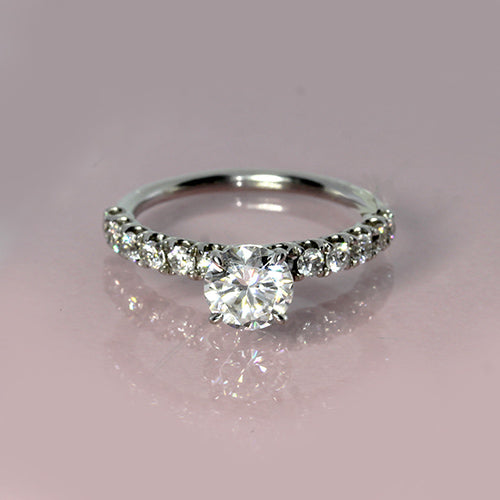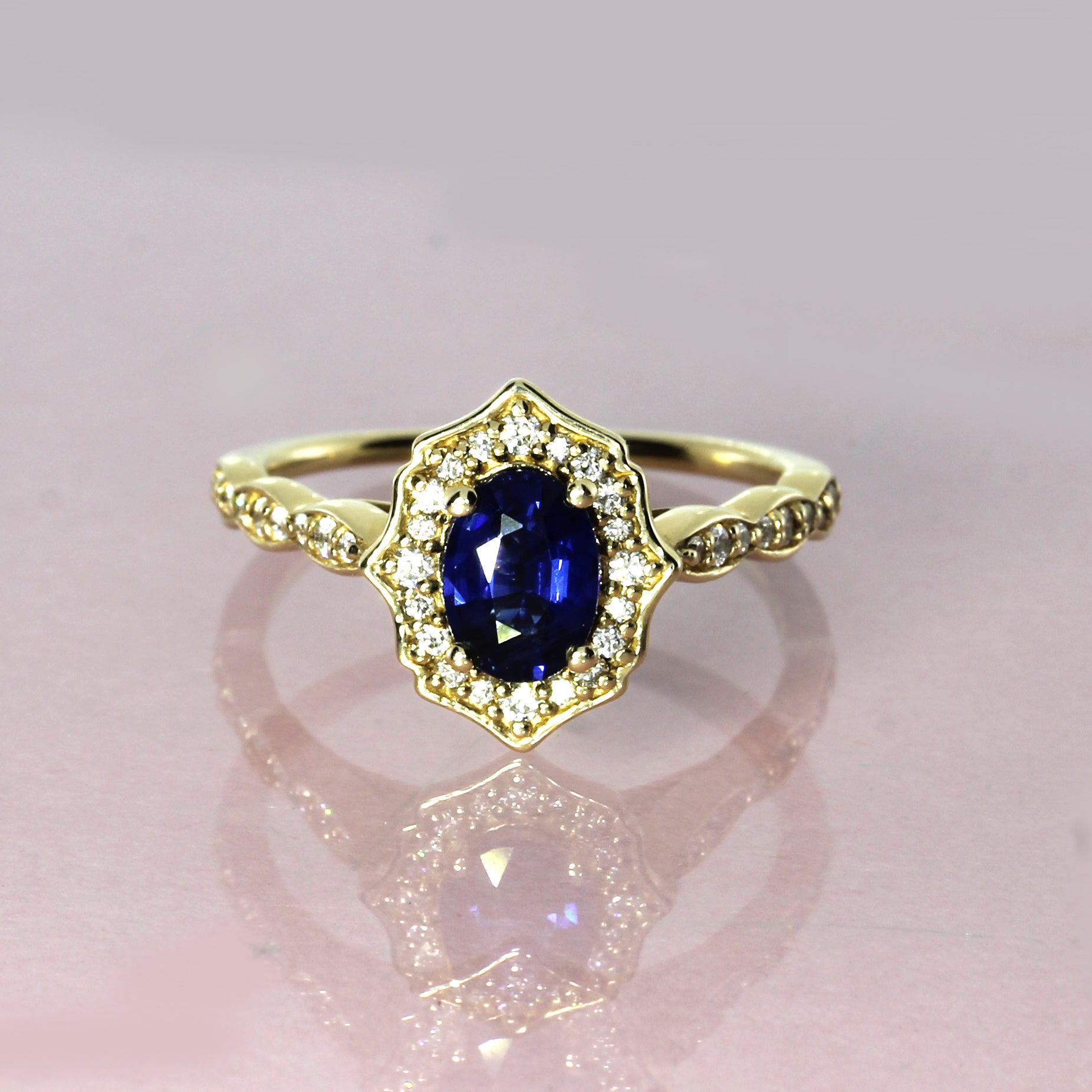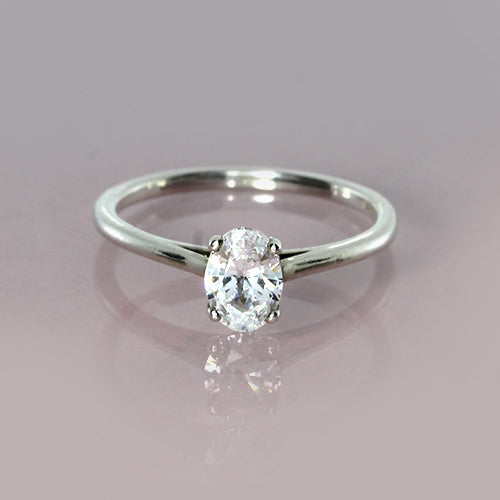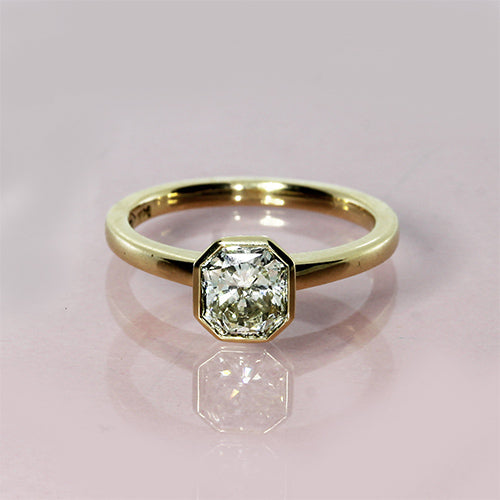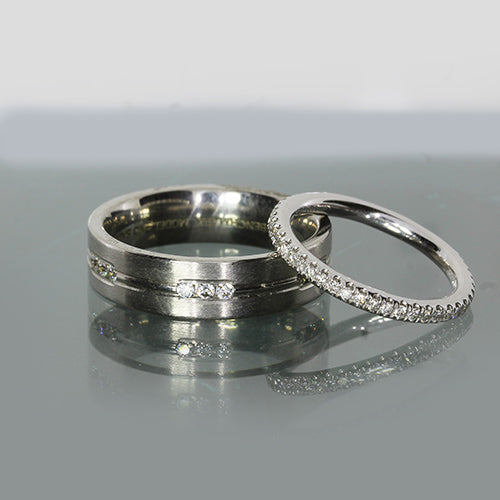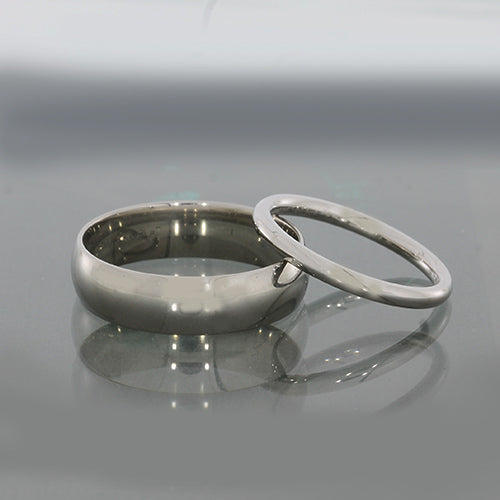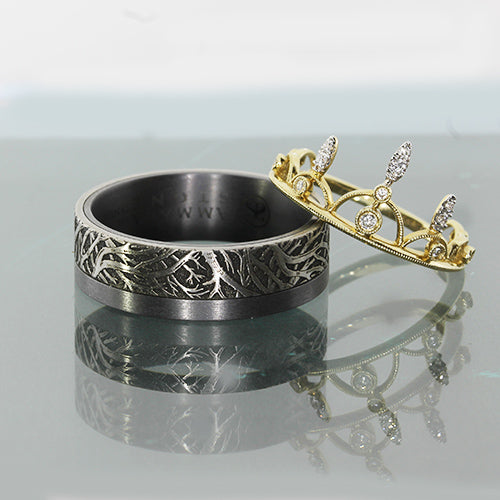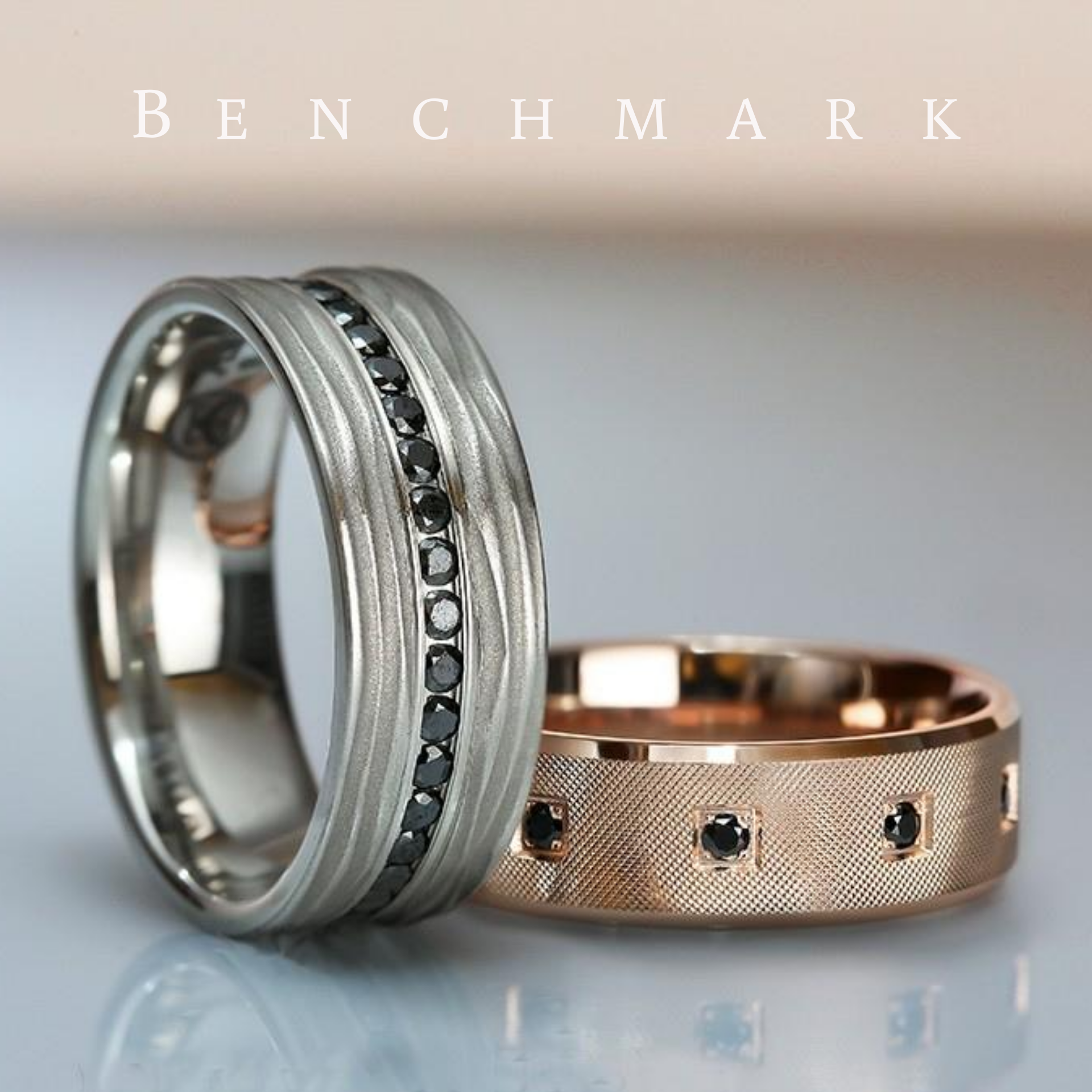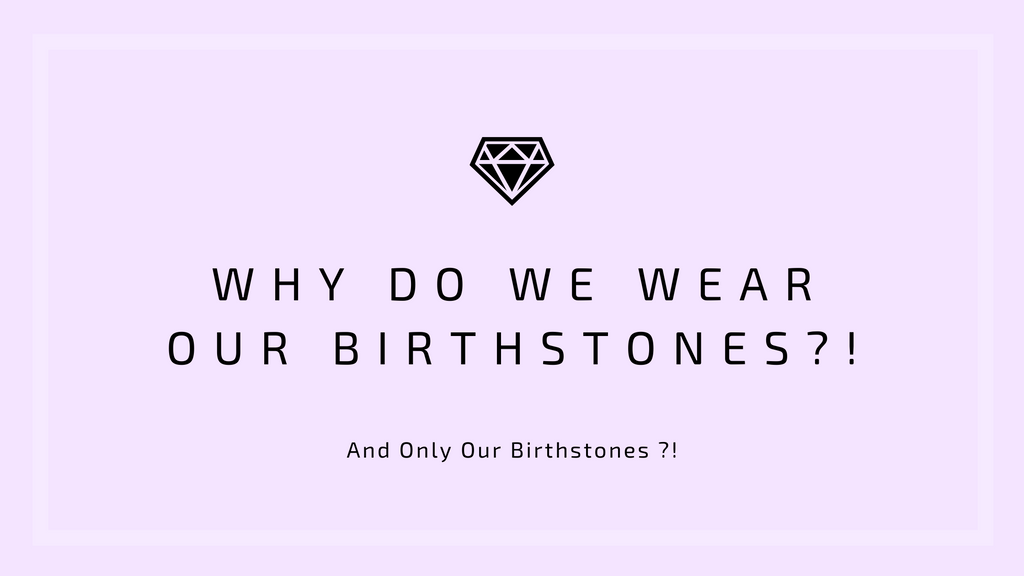Our discussion on birthstones all started one day when Ellie asked, “Did you ever notice people only wear their birthstones?!” I cracked up, the entire staff cracked up... anyone who has ever sold jewelry would crack up, because it's just so true.
We constantly see people who only wear their birthstones, never wear gems because they hate their birthstone, or need a gift for someone and decide to look for (you guessed it) their birthstone. Even jewellers are sometimes guilty of having certain bias for the stones associated with our birth months. So, let’s dive into how all this birthstone business began.
As previously mentioned, a birthstone is a gemstone associated with the month you were born. The origin is believed to be from the breastplate of Aaron, the first high priest of the Hebrews. As described in the bible, he wore a breastplate containing twelve gemstones, representing the twelve tribes of Israel. In time, the American jewelry industry agreed upon an official list of birthstones, bringing consistency in the current selection of birthstones by month.
The official list per month is:
As previously mentioned, a birthstone is a gemstone associated with the month you were born. The origin is believed to be from the breastplate of Aaron, the first high priest of the Hebrews. As described in the bible, he wore a breastplate containing twelve gemstones, representing the twelve tribes of Israel. In time, the American jewelry industry agreed upon an official list of birthstones, bringing consistency in the current selection of birthstones by month.
The official list per month is:
| January: Garnet | July: Ruby |
| February: Amethyst | August: Peridot, Spinel or Sardonyx |
| March: Aquamarine or Bloodstone | September: Sapphire |
| April: Diamond | October: Opal or Tourmaline |
| May: Emerald | November: Topaz or Citrine |
| June: Moonstone, Pearl, or Alexandrite | December: Turquoise, Tanzanite or Zircon |
There’s no denying these gemstones are all stunning. It’s hard not to fall in love with more than one of the pieces above. We say, be open to mixing it up and trying them all! For everyday wear, we recommend hard stones such as diamonds, sapphires, and rubies. Shoutout to agate, alexandrite, cat’s eye, morganite, onyx, quartz, and zircon, which are all tough gemstones as well (all 7/10 or higher on the Mohs scale of hardness, a way of distinguishing minerals on a scale of 1-10).
Though the Mohs scale of hardness is a great tool when selecting gemstones for jewelry, some designers will still use softer stones because they’re just too gorgeous not to feature. In practical terms, gems softer than quartz will lose their polish and become dull simply from cleaning. Keep in mind the scale of hardness is a guideline… look how popular pearls (2.5- 4.5) and opals (5.5-6.5) are in today’s market.
At the end of the day, fall in love with a design first, inquire about the stones after. Maybe you’ll find a new favourite: amber, carved gemstones, rose-cut stones, colored diamonds, rough cut diamonds, rutilated quartz are just a few of the stunningly unique options out there. No need to lie about your birthday being in April - just go for what you love.
Sources:
- https://www.gia.edu/birthstones
- Desautels, Paul E. Treasures in the Smithsonian: the Gem Collection. Smithsonian Institution Press, 1979.
Though the Mohs scale of hardness is a great tool when selecting gemstones for jewelry, some designers will still use softer stones because they’re just too gorgeous not to feature. In practical terms, gems softer than quartz will lose their polish and become dull simply from cleaning. Keep in mind the scale of hardness is a guideline… look how popular pearls (2.5- 4.5) and opals (5.5-6.5) are in today’s market.
At the end of the day, fall in love with a design first, inquire about the stones after. Maybe you’ll find a new favourite: amber, carved gemstones, rose-cut stones, colored diamonds, rough cut diamonds, rutilated quartz are just a few of the stunningly unique options out there. No need to lie about your birthday being in April - just go for what you love.
Sources:
- https://www.gia.edu/birthstones
- Desautels, Paul E. Treasures in the Smithsonian: the Gem Collection. Smithsonian Institution Press, 1979.


